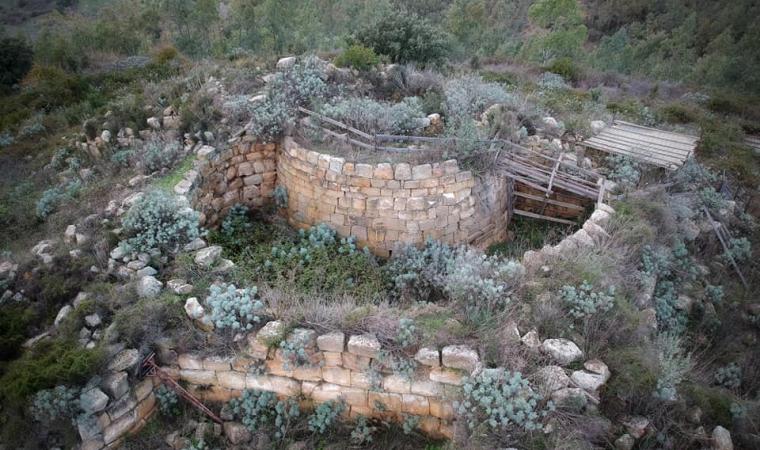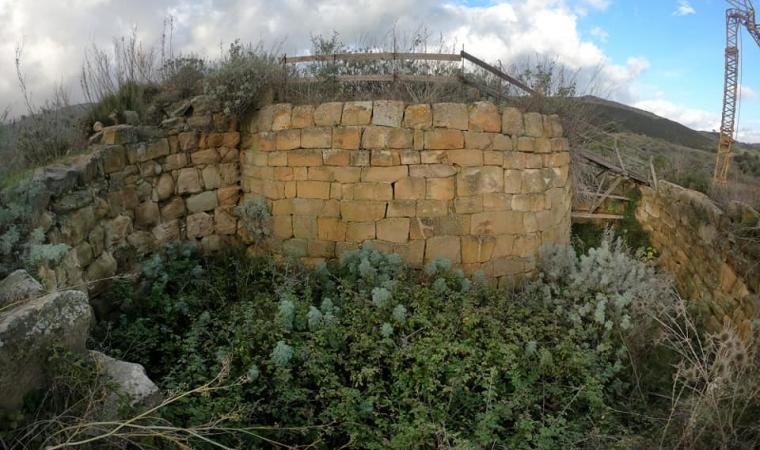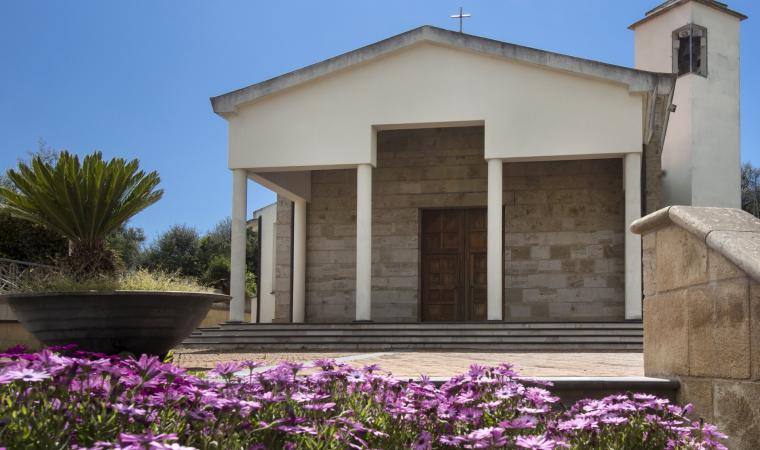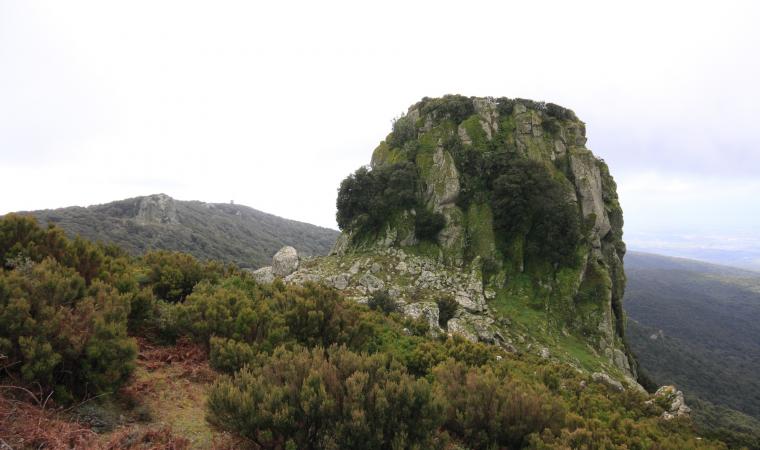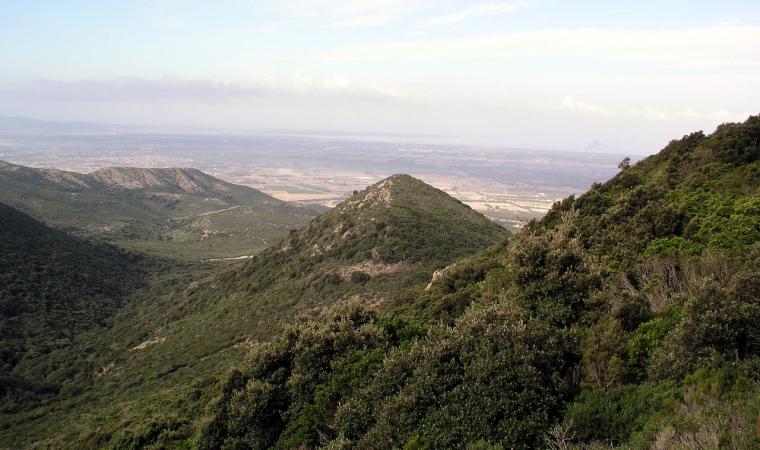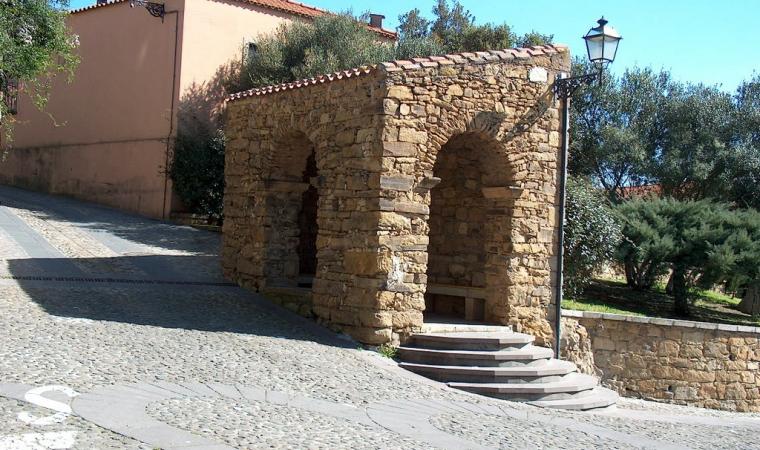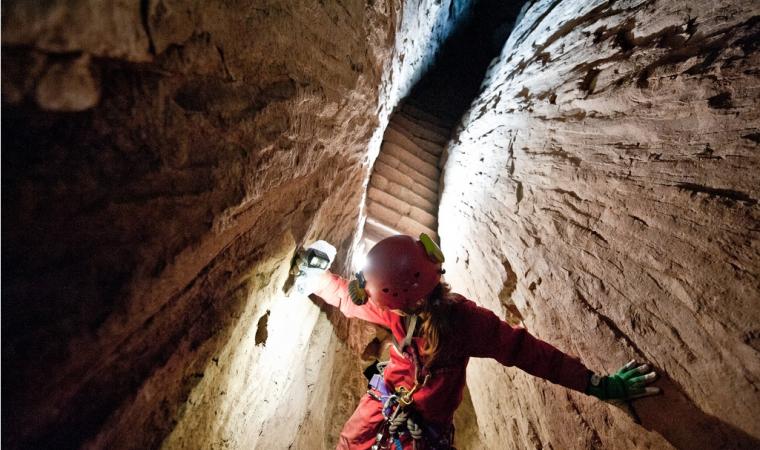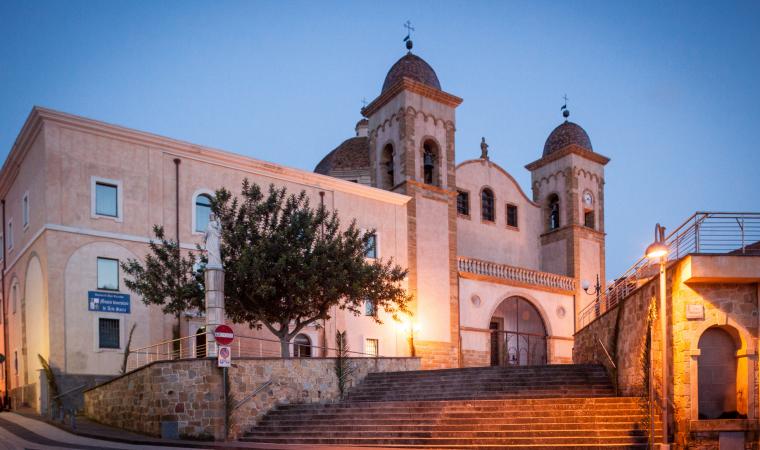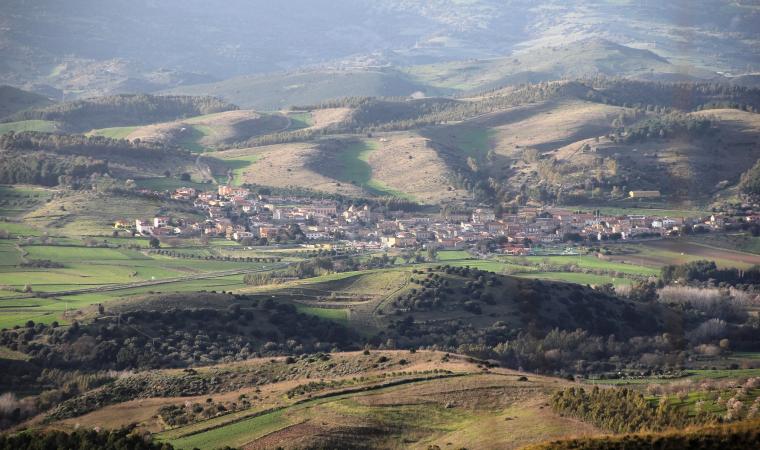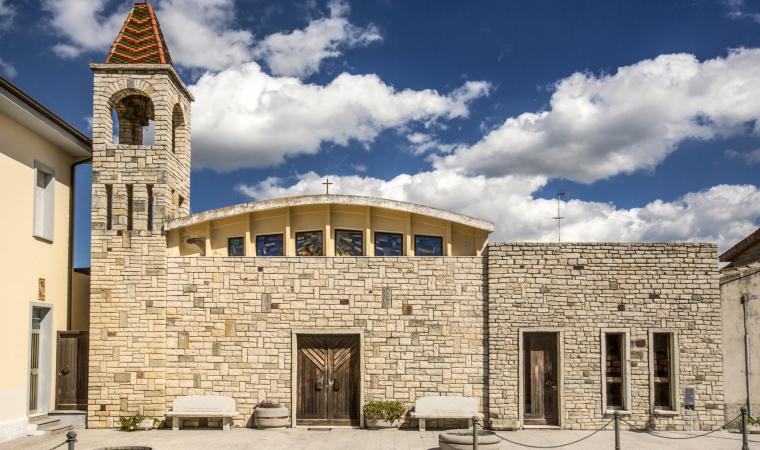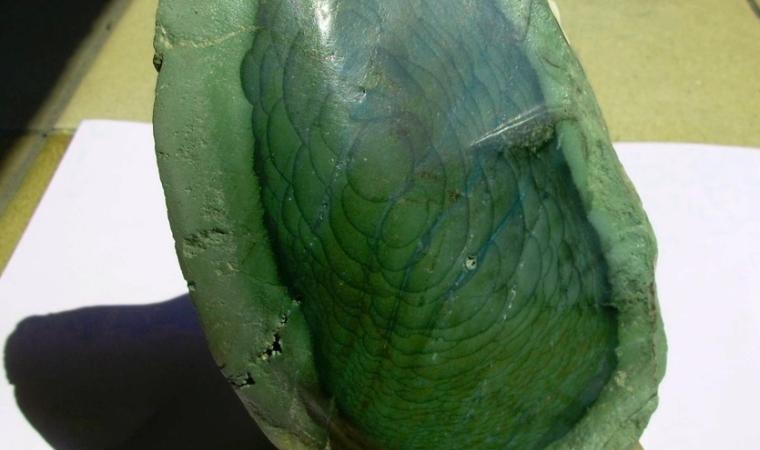Its walls have seen a succession of Nuragic, Punic, Roman and early medieval peoples, making it one of the few Sardinian Bronze Age sites that ‘lived’ uninterruptedly for more than fifteen centuries. The nuraghe Santu Miali is located in the territory of Pompu, a small agricultural village in the upper Marmilla area, at the foot of Mount Arci, and has undergone numerous excavation campaigns over the years, which have shed light on its extraordinary longevity. The building falls into the category of Nuragic fortresses with a complex structure, consisting of a central tower and a quatrefoiled bastion with an inner courtyard. Its construction dates back to between the 14th and 12th centuries BC. The construction material used was sandstone, giving Santu Miali its distinctive yellow colour.
Around the nuraghe, you will notice the traces of a dozen circular huts, belonging to the village, and another two buildings identical in shape but larger in size, positioned on the north and east sides of the nuraghe. All the buildings are surrounded by a rampart. In the southern section of the curtain wall, the isodomic construction technique stands out, with perfectly squared blocks and the use of ‘L-shaped’ corner ashlars in some places.
In the centuries that followed, the courtyard became a sacred area: this is demonstrated by the numerous and surprising discoveries made during the excavations. In particular, the lamps present symbols referable to various cults and religions: perhaps Ceres, the goddess of the harvest, was celebrated. However, some also show the cross with a P, relating to Christianity, and the symbol of the Menorah, which instead refers to Jewish rites. Santu Miali therefore represents an important example of religious influences and tolerance. Traces dating back to the early Middle Ages were also found in the huts surrounding the nuraghe, while there is a tomb dug out of the limestone rock nearby, known as su Laccu de su meli, as well as the remains of necropolises and residential areas, all dating back to Roman times.
The rich obsidian deposits of Mount Arci have been exploited since the times of the Pre-Nuragic populations, who left traces of workshops and processing stations in the entire area. In the area around Santu Miali, three workshops have so far been identified, but further evidence comes from the locality of Prabanta, on the border of the territory of Morgongiori. Here, you can visit the archaeological complex of the same name, where there is a menhir of three and a half metres, su Furconi, and two Domus de Janas, sa Sala and su Forru de Luxia Arrabiosa. Not far away, between Pompu, Morgongiori and Siris, there is also the three-towered nuraghe su Sensu.


